

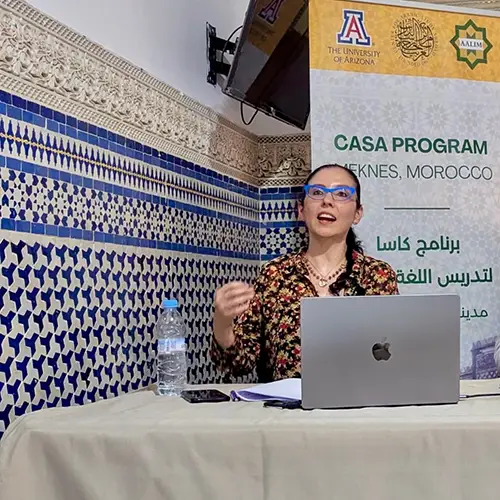

The Conversation: ‘Video games teach students in this class how religion works in the modern world’

Uncommon Courses is an occasional series from The Conversation U.S. highlighting unconventional approaches to teaching.
Title of the course
Religion and Gameworlds
What prompted the idea for the course?
Most of my research is in Chinese religions, and I find it fascinating that popular video games – like many popular films before them – draw from the mythologies, cosmologies, unseen powers and heroic narratives found across the world’s religious traditions.
Recent examples such as “Black Myth: Wukong” and “Raji: an Ancient Epic” draw explicitly from mythologies and religious narratives of China and India, respectively, putting the player in direct contest against pantheons of gods. Meanwhile, games such as “Sid Meier’s CIV VI,” where players develop an historical civilization from the Stone Age to Space Age in a quest for global domination, explicitly utilize religion as ways to develop and conquer the world.
At the same time, the interactive experience of a video game makes it an especially interesting place to study religion. When your character uses magic, interacts with powerful deities, or even achieves godlike status themselves, the player also shares such experiences on some level as well. Sometimes, viewers’ experiences blur the lines between “real life” and on-screen.
Some churches have even used the game “Second Life” to offer worshippers the option of getting baptized using their digital avatar in the game. This kind of practice raises poignant questions about how we understand religion in our modern world.

What does the course explore?
What makes this course different from many others that utilize video games is that the student experience of playing the games influences how we frame our investigation of religion. Students wrestle with questions about how religion helps build the worlds they are experiencing.
We meet in the game lab as a class once a week to observe and analyze each other’s experiences playing different kinds of games.
We start the week with relevant theoretical and historical framing in the traditional classroom. For example, in our investigation of “Black Myth: Wukong,” a game inspired by the 16th-century novel “Journey to the West,” students first read selections from the work as they learn about its protagonist, the trickster monkey god Sun Wukong.
In the novel, Wukong picks fights with all the gods in an attempt to overthrow the cosmic order, only to eventually be violently put in his place by the highest gods of the Chinese pantheon. Our class discussions thus serve as a general introduction to Chinese religions, while we also get to discuss the theoretical basis for culturally defined ideas such as what makes a hero.
Playing as a descendant of Sun Wukong, students explore enchanted landscapes, interact with local spirits and engage in magical combat against the very gods that we learned about in class.
Each week, students note their observations, carefully detailing their experience playing the game, as well as the experience of watching others do the same. Students are also asked to analyze the ways in which religious themes, narratives and practices played a role in the game world they experienced.
We conclude the class with weekly reflections on the overall experience.
What will the course prepare students to do?
In 2024, the video game industry boasted over US$184 billion generated in market value. The global reach of games allows new audiences to experience and learn about religious narratives and practices in new ways.
Popular media has long been a powerful mode of cultural exchange. Video games are just a recent example, but the scale to which gamers around the world connect with each other through playing demands more attention.
The wild popularity following the 2024 release of the game “Black Myth: Wukong,” the first premier produced game out of China for an international audience, suggests that this kind of experience is truly a global phenomenon that will only continue to grow. It only makes sense that video games can serve as powerful pedagogical tools as well.
The goal of the course is to prepare students to better understand the broader contexts in which their shared experience of enjoying video games derives. Learning about the role of religion in shaping that experience allows students to better understand how religion shapes our modern world.![]()
Michael Naparstek, Associate Teaching Professor Religious Studies, University of Tennessee
This article is republished from The Conversation under a Creative Commons license. Read the original article.

The Conversation: ‘Buddha’s foster mother played a key role in the orphaned prince’s life – and is a model for Buddhists on Mother’s Day’
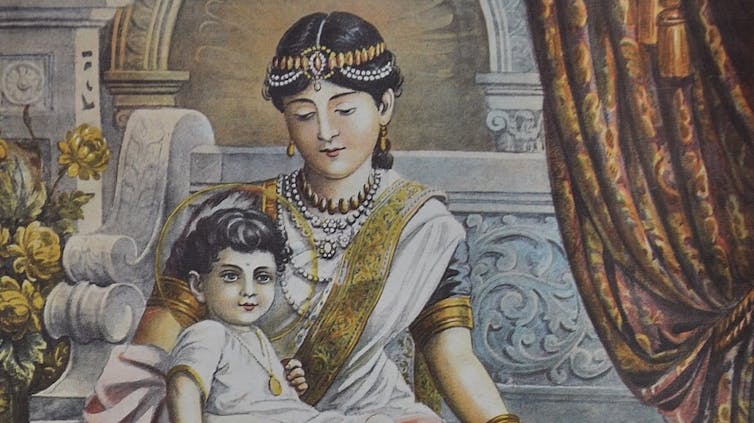
Mother’s Day offers an opportunity to reflect on what motherhood means in different religions and cultures. As a scholar of Buddhism and gender, I know how complicated Buddhist attitudes toward mothers can be.
The historical Buddha, Siddhartha Gautama, taught that family ties were obstacles to enlightenment. According to the Buddha, attachment to family causes suffering because family relationships eventually end and cannot offer lasting contentment. The main goal of Buddhism is to break the cycle of rebirth, which is characterized by suffering.
However, one family tie remained important for the Buddha – his relationship with his mother. Even after the Buddha left home, he continued to honor two mother figures – his biological mother, Maya, and his foster mother, known as Mahaprajapati Gautami in Sanskrit and Mahapajapati Gotami in the Pali language, which was used for early Buddhist scriptures in ancient India. These women played key roles in the Buddha’s life story, and they continue to inspire Buddhists today. Mahaprajapati specifically inspires women as the first Buddhist nun.
Many Buddhist scriptures describe reproduction and pregnancy in negative terms because they continue the cycle of rebirth. But Buddhist scriptures also express love and gratitude for mothers, especially the Buddha’s two mother figures.
Maya, the birth mother
Maya and Mahaprajapati were sisters who both married the Buddha’s father, Suddhodana, who ruled the region of Kapilavastu along the India-Nepal border. Maya’s name means “illusion,” which refers to a Hindu and Buddhist concept that the material world conceals the true nature of reality.
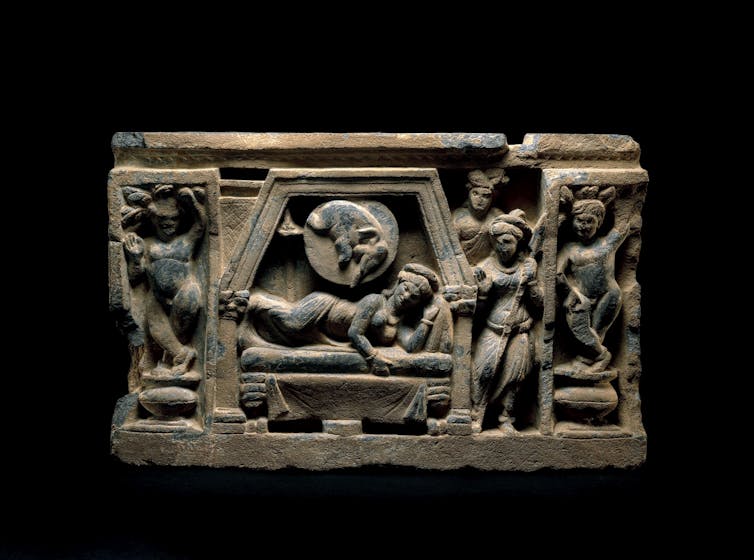
Miracles related to Maya appear throughout stories of the future Buddha Siddhartha’s conception, gestation and delivery. Siddhartha is the Buddha of the current world cycle, but in Buddhist tradition there were other Buddhas in the past and there will be more Buddhas in the future. Each one goes through many rebirths before they attain Buddhahood, and each Buddha’s final rebirth follows the same pattern. According to Buddhist texts, Buddhas-to-be wait for the right time to be born, they choose their own parents, and they are not conceived through sexual intercourse.
Early Buddhist texts claim that Siddhartha chose Maya as his mother because of her purity and entered her right side in the form of an elephant while she was sleeping. According to some Buddhist scriptures, during Maya’s pregnancy the future Buddha never actually touched her womb, which was considered impure in early Indian Buddhism. When Siddhartha was born, he is said to have emerged from Maya’s right side as she stood, holding onto a tree branch.
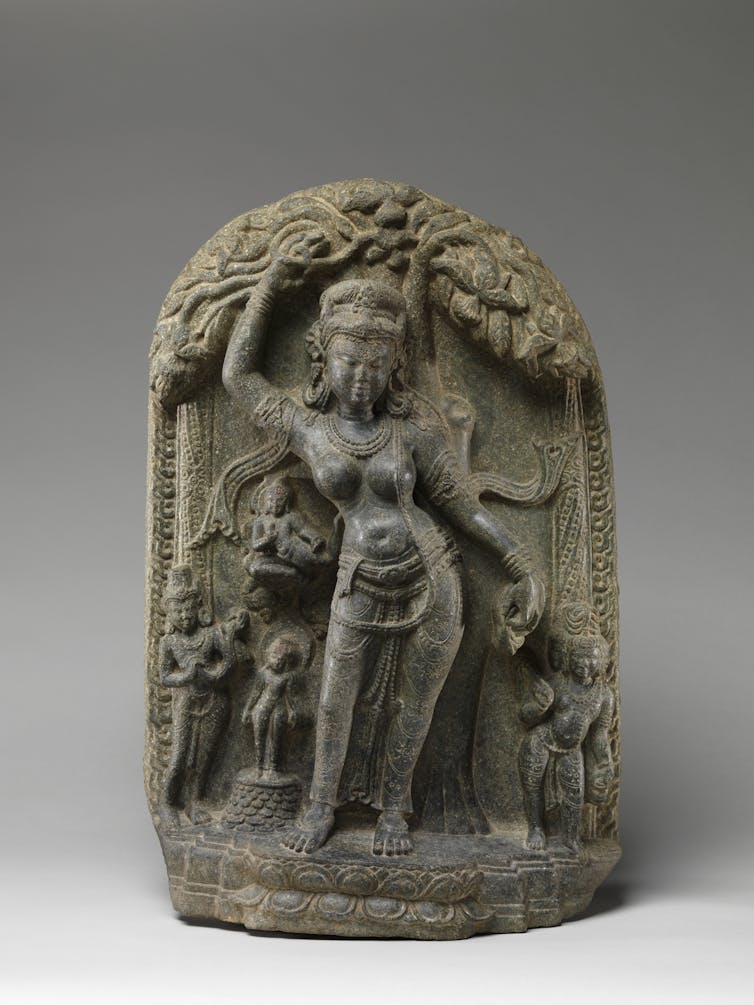
Maya died seven days after her son’s birth, meaning that she did not live to see him become an enlightened Buddha. As the Buddha, even though Siddhartha encouraged his followers to leave domestic life and cut family ties, he never forgot his birth mother.
Thanks to her good karma, Maya had been reborn in the heavens as a god, but in Buddhism gods are not as spiritually advanced as Buddhas. The Buddha used his spiritual powers to travel to the heavens, where he preached to Maya and encouraged her progress on the Buddhist path.
One Chinese text claims that Maya spontaneously lactated upon hearing her son’s words, showing that the bond between mother and son remained strong even after her death.
Mahaprajapati, the foster mother
Siddhartha’s aunt Mahaprajapati became his foster mother after Maya died. She cared for the young Siddhartha and breastfed him, having just given birth to her own biological son, Nanda.
When Siddhartha was preparing to leave home to follow a spiritual path, the chariot driver tried to convince him to stay by reminding Siddhartha how Mahaprajapati nursed him and telling Siddhartha he should be grateful for her motherly kindness.
Siddhartha left home anyway, which caused Mahaprajapati to collapse out of grief. According to the Mahavastu, the earliest Sanskrit biography of the Buddha, her “eyes, as a result of her tears and grief, had become covered as with scales, and she had become blind.” It was only after Siddhartha returned as the Buddha that her sight was restored.
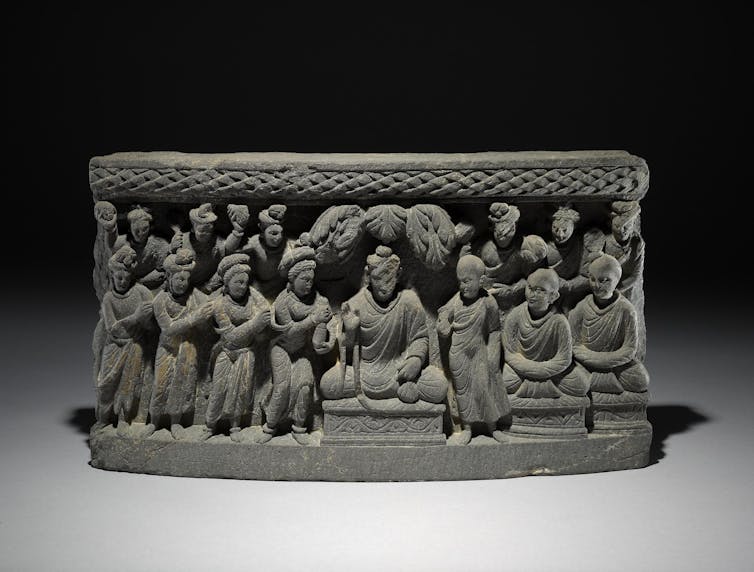
At around the same time as the Buddha’s return to his kingdom of Kapilavastu, his father Suddhodana died, making Mahaprajapati a widow. The books with rules for Buddhist monks and nuns, known as the Vinaya, report that Mahaprajapati approached the Buddha to ask whether women like her, as well as women whose husbands had become monks, could leave home to join the Buddha’s monastic order.
The Buddha eventually agreed to this request but warned that including women as nuns would cut short the lifespan of Buddhist teachings in the world from 1,000 years to 500 years. Mahaprajapati became the first Buddhist nun, reaching enlightenment before passing away at the age of 120.
Scholars of Buddhism do not necessarily treat this episode as literally true, but instead see it as a reflection of mixed attitudes toward admitting women as nuns in the early Buddhist community. These mixed attitudes can still be seen today – for example, in the unwillingness to reinstate the order of nuns in Southeast Asia, which died out centuries ago.
In Buddhism, nuns must be ordained by a group of 10 fully ordained monks and fully ordained nuns. An order of nuns still survives in China, Japan, Korea and Vietnam, where Mahayana Buddhism is practiced. However, the monastic leaders in Southeast Asia, where Theravada Buddhism is practiced, decided that Mahayana nuns could not ordain Theravada nuns, leaving countries such as Thailand, Laos, Cambodia and Myanmar without fully ordained nuns.
Legacies of the Buddha’s mothers
Both Maya and Mahaprajapati were loving mothers in the Buddha’s life story, but it is Mahaprajapati who has remained more of an inspiration for Buddhist women.
Reiko Ohnuma, a scholar of South Asian Buddhism, argues that Maya is remembered in Buddhist tradition as an idealized, if passive, maternal figure. Her death shortly after the future Buddha’s birth serves as a reminder that life is impermanent and characterized by suffering.
In contrast, Mahaprajapati lived a full life and played an active role in both raising the future Buddha and in advocating for women to join the monastic community. Early Buddhists may not have fully supported the inclusion of women in the Buddhist monastic community, but the nuns’ order was established nonetheless.
Mahaprajapati made this opportunity possible thanks to her unique position as the Buddha’s foster mother.![]()
Megan Bryson, Associate Professor of Religious Studies, University of Tennessee
This article is republished from The Conversation under a Creative Commons license. Read the original article.

Religious Studies Honors Alumnus Educator

The Department of Religious Studies has named High School Director Sean Blevins from Annoor Academy of Knoxville the 2025 recipient of its Charles H. Reynolds Distinguished Alumnus Award.
“He demonstrates one of many ways in which our students go on to become important leaders in their community,” said Tina Shepardson, a distinguished professor in the humanities and head of the award selection committee.
“He has dedicated most of his adult life to cultivating his skills as a teacher in different contexts in order to best serve a really broad constituency of students,” said Assistant Professor Manuela Ceballas, who also served on the committee.
Blevins (BA ’98, MA ’03) builds education experiences for students around the same types of learning that were meaningful to him. “The religious studies department has been very formative to me,” he said.
He intended to major in music at the University of Tennessee, Knoxville, but realized during his freshman year that his interests were much broader. “I wound up taking two or three religious studies classes, an English class, an astronomy class, and anthropology and really, really loved my religious studies classes,” he said. “I was interested in why people are the way they are. I thought the most interesting answers were somehow tied up with what they believe.”
Blevins settled on a major in religious studies with a minor in English. He was particularly interested in Buddhism, and with encouragement from religious studies Professor Miriam Levering applied to a study abroad program in Bodh Gaya, India. “I lived in a Theravada Buddhist monastery and was able to study there for a semester,” he said. “That was an outstanding experience the first semester of my senior year.”
Career Start
The next semester he began volunteering at Ijams Nature Center a few days a week. Leading elementary school groups on field trips, walking in the woods with children and talking about what they found, was a rewarding experience for Blevins.
After graduation he worked in environmental education at Ijams through the AmeriCorps national service program. “I spent the next two years in some low-income schools around Knox County building gardens and nature trails, doing waste audits, and starting recycling programs,” Blevins said. “It wasn’t directly connected to my religious studies work, except that I was trying to find a way to live a life that felt meaningful.”
Blevins returned to UT in 2001 to earn a master’s degree in religious studies with a plan to concentrate on the New Testament. “And then September 11th happened, and everything was about Islam,” Blevins said.
“I was taking a class on Islam with (Professor) Rosalind Hackett and was very aware of the discourse that was happening around Islam, the way people were talking about Islam,” he said. “The lived experience of Muslims in America and around the world at that time suddenly became hyper relevant, and so I shifted my focus to Islam.”
The summer after his first year of graduate school, he traveled to Amman, Jordan, studying Arabic and meeting with scholars of Islam. He developed a deep respect for Islam and became Muslim.
Meeting High Standards

As a graduate student, Blevins also served as a teaching assistant (TA) in the Department of Religious Studies. “One of the biggest honors I’ve had in my life was when (Professor) James Fitzgerald asked me to be his TA,” Blevins said.
“As an undergraduate, he was the first professor—the first teacher—I ever had in my life to give me something other than an A on a paper,” he recalled. “It rocked my world.”
Blevins went to see the professor during his office hours and ask what needed to be better. “I remember what he recommended to me, and that was a very, very eye-opening transformation, meeting somebody who was going to push me to meet new, higher standards. So, when I came back, to have him invite me to be his TA was tremendous.”
After completing the master’s program, Blevins became a lecturer in the department, teaching the history of world religions and a thematic comparison of world religions for five years. He noticed, however, that some incoming students struggled with reading texts and articulating their own arguments in writing, and he decided to become a high school English teacher. Blevins earned his third degree from UT, an MS in English education, in 2009. Later he earned an educational specialist degree.
Blevins taught for two years at Knoxville’s Austin East High School before traveling with his family to Jordan for two years. There he studied Arabic and Islam, and he taught English as a second language. His wife, an attorney, had a Fulbright award to study human trafficking.
Over the following eight years Blevins taught at L&N STEM Academy, where he was recognized as a Teacher of the Year by students (2015) and faculty (2017). The school’s English department was so successful that he and his colleagues presented their work at conferences for the National Science Teaching Association and the National Council of Teachers of English.
Rich Classroom Experiences
“I found myself trying to recreate in the classroom what some of my richest classroom learning experiences had been,” he said, “reading something interesting and then talking about it, pulling the ideas out and weighing those ideas.”
In 2021 the private Islamic school Annoor Academy hired Blevins to develop its high school program. The first seniors will graduate in spring 2026.
“I intentionally have gone about trying to build what I think of as a reasonable approximation of a liberal arts academy,” he said. “Students are required to take a number of classes that are really explicitly designed to help them understand the world that we live in and why the world is the way it is, and why people behave the way they do, and then, when they go out into the world, how can they be meaningful agents of change in the world.”
Blevins recalls reading a 2023 column by David Brooks titled, “In the Age of A.I., Major in Being Human.” “Religious studies speaks directly to that,” Blevins said. “What does it mean to be a human being? How do human beings express their humanity? What are the consequences of believing in certain ways and behaving in certain ways, and what role do rituals and beliefs play in shaping us in our world and our environment and our shared communities?”
“Those are the things that I feel like really matter,” he said, “and those are things that I learned and got to explore for years in religious studies. I’m really grateful for that.”
By Amy Beth Miller
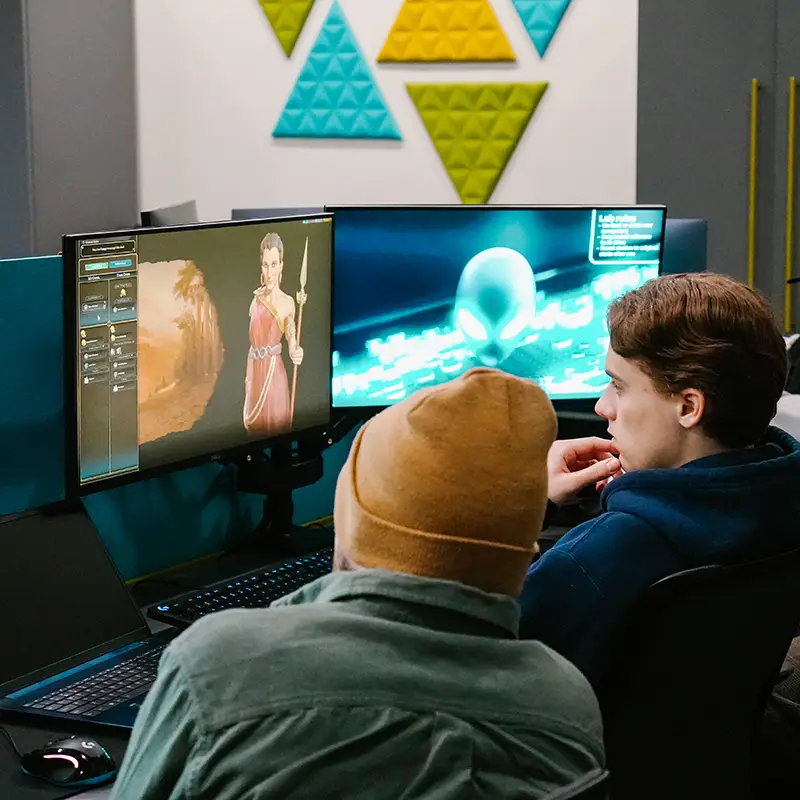
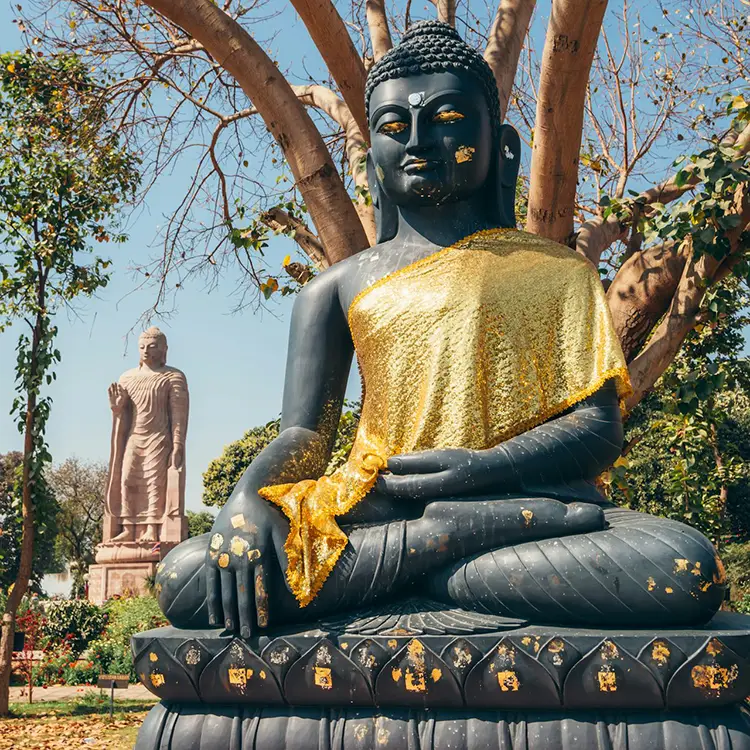
Megan Bryson in ‘The Conversation’: On Bodhi Day, Buddhists commemorate Siddhartha Gautama’s enlightenment by lighting lamps to combat darkness

Dec. 8 marks the celebration of Bodhi Day in Japanese Buddhism. Bodhi means enlightenment or awakening in Sanskrit. It commemorates the enlightenment of Siddhartha Gautama, who became the Buddha.
Buddhists throughout the world celebrate Bodhi Day, but they do not all celebrate Siddhartha’s enlightenment on Dec. 8. In China, South Korea and Vietnam, his enlightenment is observed on the eighth day of the 12th lunar month. In 2025, this falls on Jan. 7.
In the Theravada form of Buddhism followed in Southeast Asia, Gautama’s enlightenment is commemorated along with his birth and death during the Vesak festival celebrated in April or May. This is similar to Tibetan Buddhism, which also combines the observation of the Buddha’s birth, enlightenment and death in the springtime Saka Dawa festival.
As a scholar of Buddhism in East Asia, I study how people adapt Buddhism to their own cultural contexts. Bodhi Day is a good example of how Buddhists in different parts of Asia developed their own versions of important Buddhist holidays.
The story of Bodhi Day
No matter when Buddhists celebrate the Buddha’s enlightenment, the story behind the holiday is consistent. Biographies of the Buddha describe how young Prince Siddhartha became disillusioned with the fleeting luxuries of palace life.
He eventually left home to find a cure for the inevitable suffering caused by old age, sickness and death. Siddhartha sought guidance from various religious masters, including one who taught his students to practice extreme self-denial, such as eating only a spoonful of gruel per day.
Following this method, Siddhartha wasted away until he was just skin and bones, but he got no closer to resolving the problem of suffering. It was at just this time that a young woman named Sujata came by with milk porridge, which she offered to the skeletal Siddhartha.
This meal gave Siddhartha the energy he needed to resolve the problem of suffering once and for all. He realized that no external teacher could give him the answers he sought, and he would have to solve this problem on his own.
Siddhartha decided to meditate under a pipal tree, also known as a sacred fig tree, until he reached enlightenment. Over the next seven days he meditated, deepening his insights into the true nature of existence. On the seventh day, Siddhartha attained complete awakening to become a buddha. Buddhas are people who reach full enlightenment on their own, like Siddhartha, without direct guidance from a teacher.
Monks and nuns in Japanese and Korean Zen Buddhism follow this model by meditating intensively for the seven days leading up to Bodhi Day.
As a buddha, Siddhartha began sharing his insights with other spiritual seekers, attracting a group of followers who were the first Buddhists. Buddhist monks and merchants spread the religion to the north, east and south, and by the fourth century C.E. it was well established in China.
The Laba Festival and congee
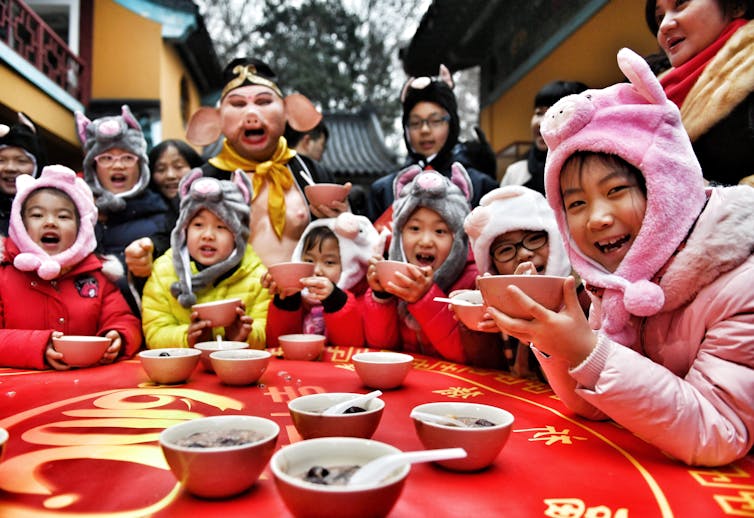
China already had its own religious and philosophical systems, along with its own calendar of holidays, when Buddhism came onto the scene. Buddhists in China adapted their religion to Chinese language and culture, including some existing holidays.
The 12th and final month of the Chinese lunar calendar was already a time for making sacrifices for ancestors in advance of the new year. In fact, the 12th month is called La, which originally referred to the cured meat that people offered to their ancestors at this time of year. “Ba” means the number eight, so Laba translates to “the eighth day of the La month” or “eighth day of the 12th month.”
Buddhism entered China in the first century C.E. By the third century, Chinese Buddhists identified the eighth day of the 12th month as the date of the Buddha’s enlightenment. Celebrating the Buddha’s enlightenment – or Bodhi Day – at the same time as the Laba Festival required adaptation.
The Laba Festival involved meat offerings and hunting, both of which violate Buddhist rules against killing animals. Over time, a compromise emerged, and rice porridge, or congee, became this holiday’s signature food for Buddhists and non-Buddhists alike. Rice has been used in Chinese religious offerings since at least the eighth century B.C.E., and rice congee also recalls the offering of milk porridge that helped Siddhartha on his journey to Buddhahood.
Light in the darkness
Another aspect of the Laba Festival, or Bodhi Day, is that it falls around the winter solstice, the darkest part of the year.
Like other holidays at this time of year, Bodhi Day involves lighting lamps to combat the darkness. For East Asian Buddhists, these lamps symbolize the Buddha’s enlightenment, which lights the path for others to follow.
Bodhi Day is celebrated in Japan and throughout the Japanese diaspora on Dec. 8 because Japan switched from the lunar to solar calendar in 1873. Buddhists in other East Asian countries, such as China, Vietnam and South Korea, will observe Bodhi Day on Jan. 7, 2025.
East Asian Buddhists will celebrate the holiday in different ways – some by lighting lamps, some by eating congee, some others by meditating for a full week straight. But for all Buddhists, Bodhi Day represents hope and the potential to overcome suffering.![]()
Megan Bryson, Associate Professor of Religious Studies, University of Tennessee
This article is republished from The Conversation under a Creative Commons license. Read the original article.
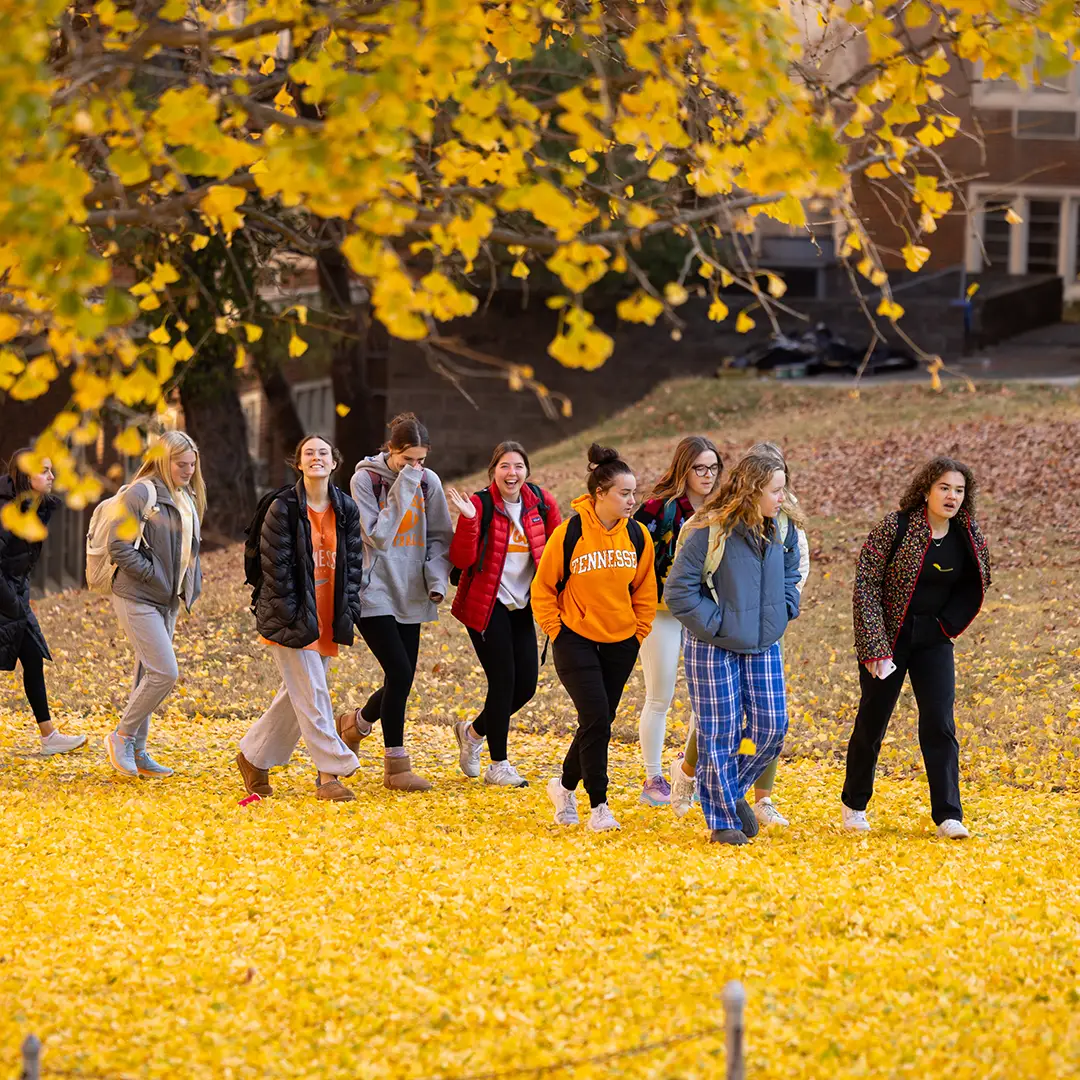

Bryson is guest on The Royal Studies Podcast as a panelist
“In this roundtable episode, host Ellie Woodacre is joined by a panel of five experts on monarchy in premodern Asia–including the Indian subcontinent, China and Southeast Asia. This episode captures a vibrant discussion on the impact of Buddhism on the ideals and practice of monarchy in the region, drawing on their respective research.”
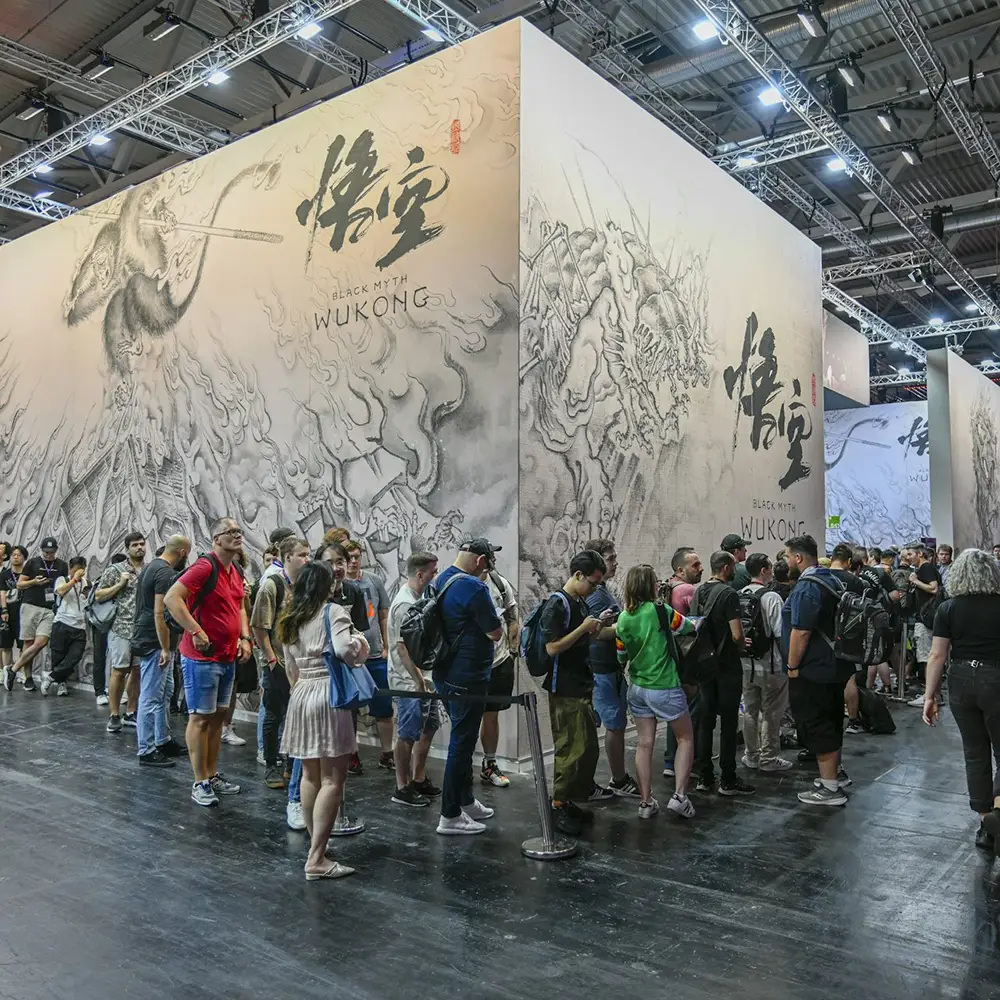
Michael Naparstek in ‘The Conversation’: A video game based on the Chinese novel ‘Journey to the West’ is the most recent example of innovative retelling of this popular story

The recent launch of the video game “Black Myth: Wukong” has broken numerous records around the world for the number of users. The game is set in the world of the famous Chinese novel “Journey to the West,” where players battle gods and demons of traditional popular Chinese religion. In the first few weeks following its release on Aug. 19, 2024, “Black Myth: Wukong” had reportedly sold over 18 million copies, making it one of the fastest-selling games of all time.
Players take on the role of freeing Sun Wukong, the monkey protagonist from the popular 16th-century novel. The story details the journey of the Chinese monk, Xuanzang, as he makes his way to India in search of Buddhist scrolls. Sun Wukong aids the monk in this trip. Yet, the monkey proves to be the ultimate troublemaker, as Sun Wukong insults popular gods of the Chinese pantheon and insists on besting them in magical battles. Sun Wukong’s fate is sealed when the Buddha imprisons him under a mountain as punishment for all the havoc he created in Heaven.
The video game picks up after the end of the story, pitting the player against those whom Sun Wukong had fought in the popular narrative. In so doing, the game continually references the complex and competitive world of traditional Chinese religion in which Buddhist, Taoist and popular gods are always interacting with one another.
As a scholar of Chinese religion, I am interested in the ways narratives of Chinese deities become popular and spread across different contexts. The popularity of “Black Myth: Wukong” is the most recent example in a centuries-old tradition of retelling this story through popular media.
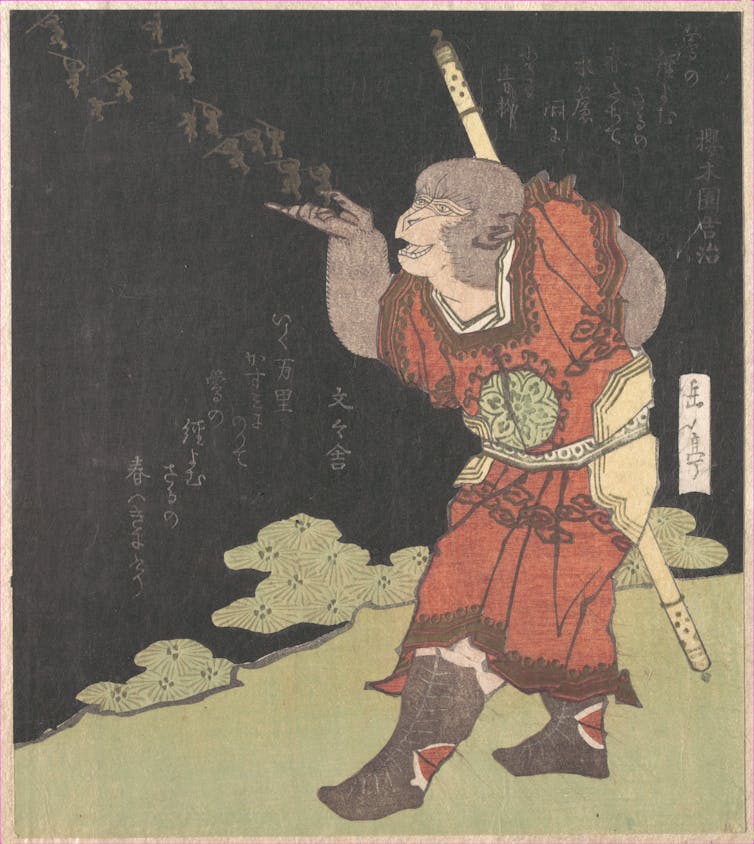
Many stories, many versions
“Journey to the West” was first published in 1592, but the stories were popular long before that.
As scholar of Chinese literature Anthony Yu notes, the various tales describing Xuanzong and Sun Wukong’s adventures existed for nearly 1,000 years before they were collected and published in “Journey to the West.” People in traditional China would hear many of these adventures through oral storytelling, but also through various media such as dramatic performances, poetic tales and short stories.
Traveling opera troupes were one of the most popular ways to tell Sun Wukong’s tale. Professional actors would perform tales of Sun Wukong’s exploits through dramatic renditions coupled with acrobatic fight scenes and dazzling displays of martial arts. These entertaining performances would disseminate information about the gods to both literate and illiterate audiences all throughout China.
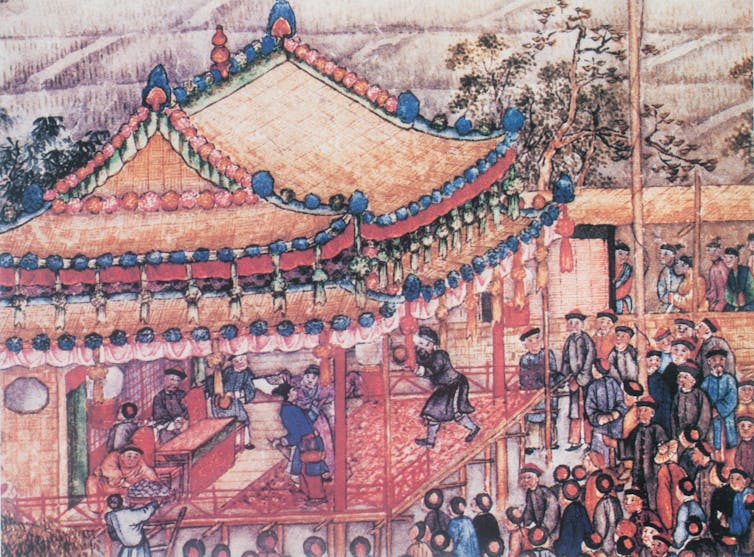
Stories of Sun Wukong’s mischievous, and often irreverent, behavior made their rounds throughout traditional Chinese society. The monkey hero’s brash attempts at subverting authority and picking fights with divine personae cemented his place as a popular cultural icon. As scholar of Chinese religions Meir Shahar notes, novels such as “Journey to the West” served as a way to define and transmit an entire pantheon of deities all across the various regions of traditional China.
In so doing, these forms of media would reflect the dynamic world of Chinese religion and, at the same time, help shape the way people would come to understand the stories of their own gods.
Impact on Chinese religions
Many of the characters who appear in “Journey to the West” come directly out of the Chinese pantheon. Guanyin, the Buddhist deity of compassion and one of the most popular gods across East Asia, has her struggles against Sun Wukong; Taoist figures, such as the deified Lao-tzu, the purported author of the Taoist classic “Tao Te Ching,” battles with the monkey, and ancient Chinese deities like the Queen Mother to the West and the Jade Emperor play a prominent role as authority figures throughout the story.
Sun Wukong also battles localized gods like the martial deity Erlang. Many of these figures are also referenced throughout the video game, while some, like Erlang, appear as “bosses” who need to be defeated before moving on to the next level.
In the novel, the gods work together to stand in the way of Sun Wukong, representing the authority of the Chinese pantheon. At the same time, Sun Wukong often gets the better of the gods, either through trickery or martial prowess. Eventually, the authority of the gods wins out, with the monkey trapped under the mountain. Yet, this is not the end of Sun Wukong. As the recent release of the video game demonstrates, it is but one more beginning to the monkey’s story.
While the game is careful not to promote any one religious identity, the cultural source for these compelling characters remains deeply rooted in the long history of Chinese religions.
Today’s gamers get to encounter aspects of Chinese culture in a whole new way. Players who may be unfamiliar with Sun Wukong’s character from the novel can still see Sun Wukong flip in the air, brandish his weapons and defeat his enemies with dramatic flair. Only now the gamer gets to perform these feats through their connection with the video game’s hero.
Still, while the gaming experience may be relatively new, enjoying tales of the gods is very old.![]()
Michael Naparstek, Lecturer in Religious Studies, University of Tennessee
This article is republished from The Conversation under a Creative Commons license. Read the original article.